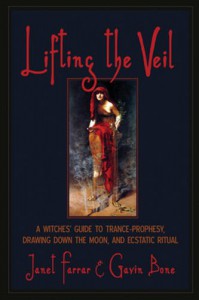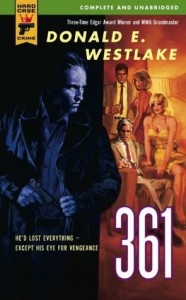
For the past several years, there has been a growing trend of republished old pulps in new monthly or quarterly series with flashy pulpy or pulp-inspired covers, and Hubbard’s classics have been no exception. Amongst its peers, Stories from the Golden Age has the distinction of actually being sold on magazine stands. There’s no attempt to mitigate or obscure the sometimes trashy origins of the stories therein—the publisher has fully embraced the genre to its core, and it is glorious to behold.
Despite the back cover only advertising the title story, THE GREAT SECRET contains four short works: “The Great Secret,” “Space Can,” “The Beast,” and “The Slaver.” The book also includes a brief overview of pulp fiction and Hubbard’s contributions to the genre, a glossary to 1940s’ slang and terminology, and a short preview for the following issue. The introduction isn’t very useful, as it focuses on a self-congratulatory and almost snobby bias toward pulp fandom, while providing only the most basic facts about Hubbard and the pulps to the reader. Hubbard’s founding of Scientology is left completely uncommented upon.
The titular story, “The Great Secret,” is essentially El Dorado in space. It follows a mad man, Fanner Marston, who undertakes a harrowing journey to the lost city of Parva, which he believes will grant him the power to warp the astrophysics of the Universe. The story covers the tale-end of his journey, where he is dying of thirst, hunger, and exposure, while the dead city taunts him in the distance. It’s a decent short story, even if the ending twist is a touch predictable. The only real problem is that little is established outside of Marston’s rambling thoughts, so the setting and context is ill-defined at best.
“Space Can,” meanwhile, is about a tiny spaceship alone in the middle of a space war with Saturn. It’s sent to the remains of a deadly battle, only to discover that the enemy ships are still in the area. The captain realizes that fleeing is not an option despite being outmatched and outgunned—if they fail here, the war in its entirety will be lost. The ensuing battle is an enjoyable read, if a little over reliant on Navy terminology and maneuvering. Definitely the best story in the entire book.
The worst story in the book is “The Beast.” It follows a Venusian game hunter tracking a vaguely described dangerous creature. It’s also racist and boring.
The final story, “The Slaver,” regards a nobleman who winds up on a slaver spaceship by pure ill-chance. In truth, it’s not much different from “The Beast,” if slavers replace the alien monster and captured slaves replace the racist villagers. Both stories are more about the emotional journey of their leads, particularly in how they fall to their lowest points before overcoming the odds. “The Slaver” is the only story to have a female main character, but she’s a generic angry damsel in distress. At the end of the day, the story isn’t terrible, but it’s not particularly noteworthy either.
THE GREAT SECRET isn’t as great as the title suggests, but it’s not a terrible read either. Hubbard was a very talented author in his day, and even his bad stories have charm to them. His works are far more character driven than typical Golden Age of Scifi fluff, which modern readers might appreciate. There are worse ways to waste an evening reading, if nothing else.

 2
2


 6
6

























